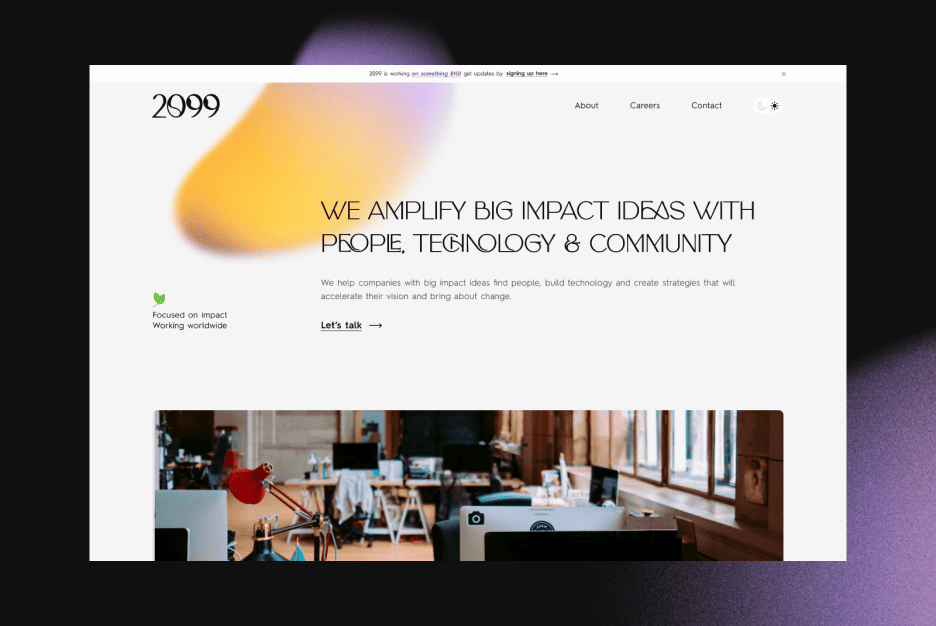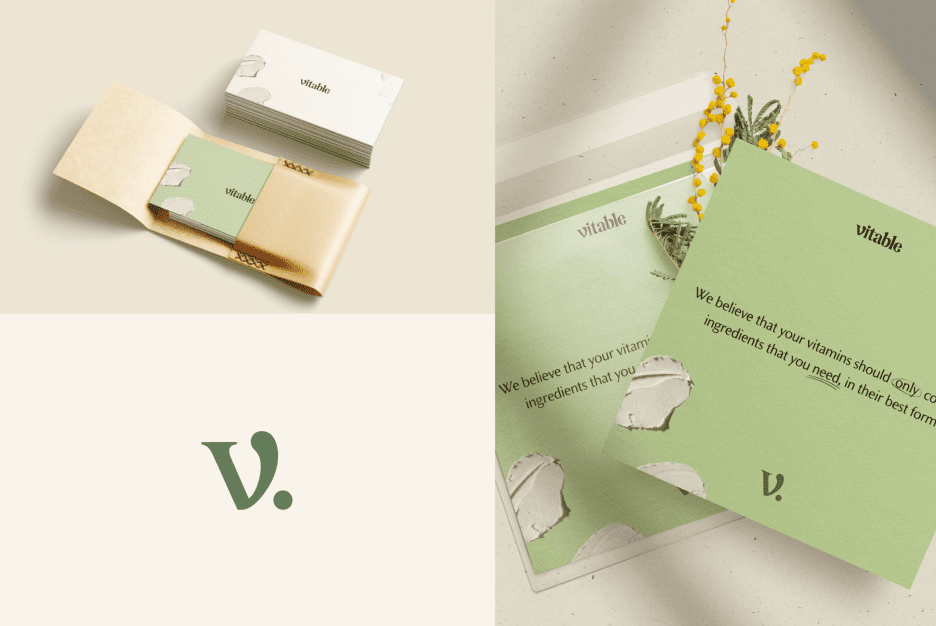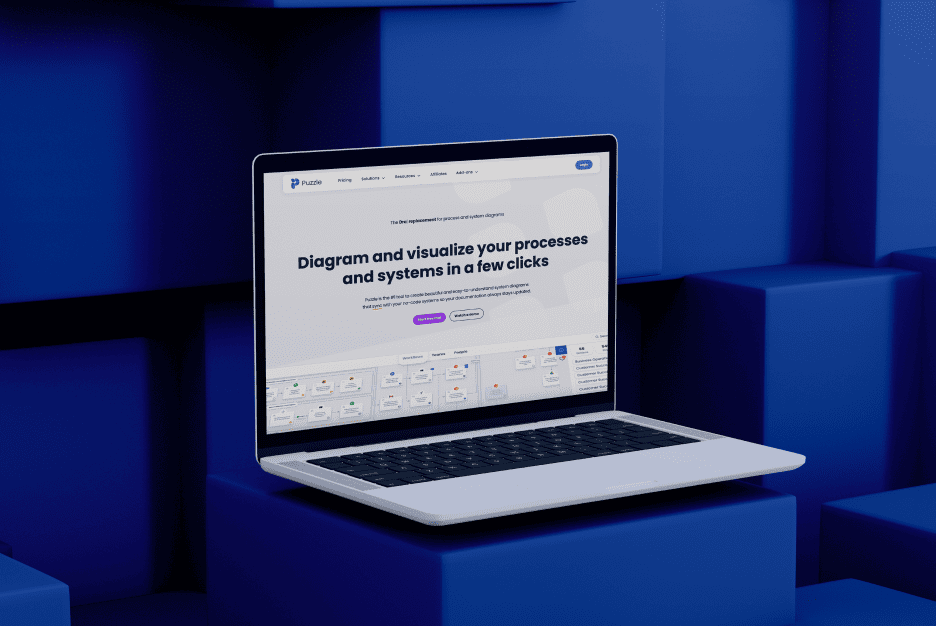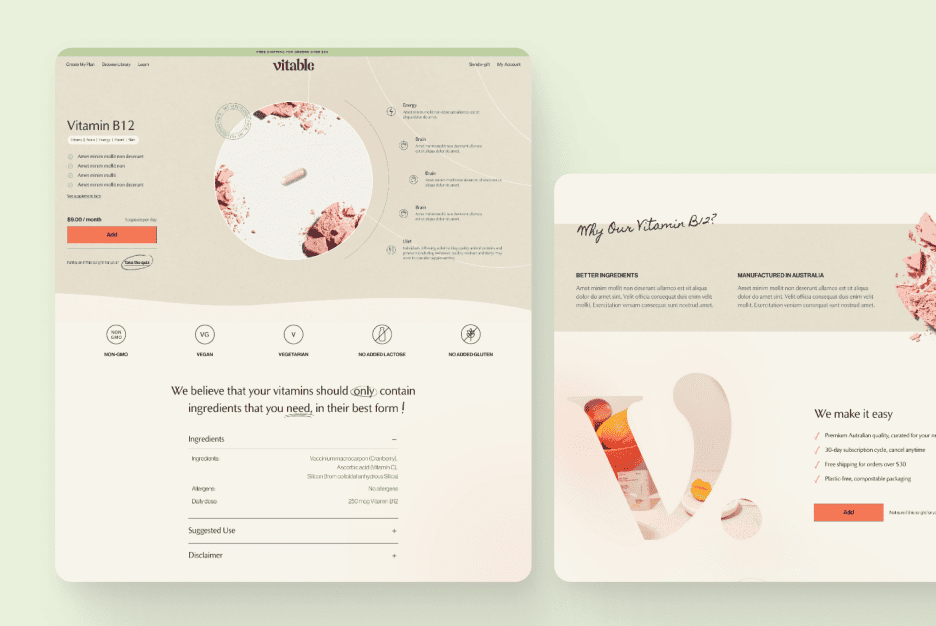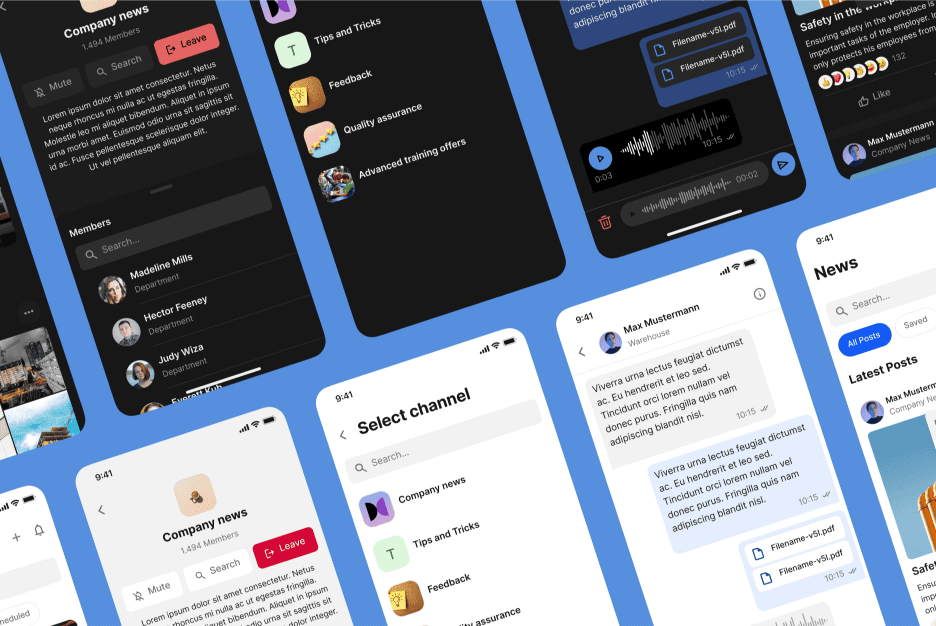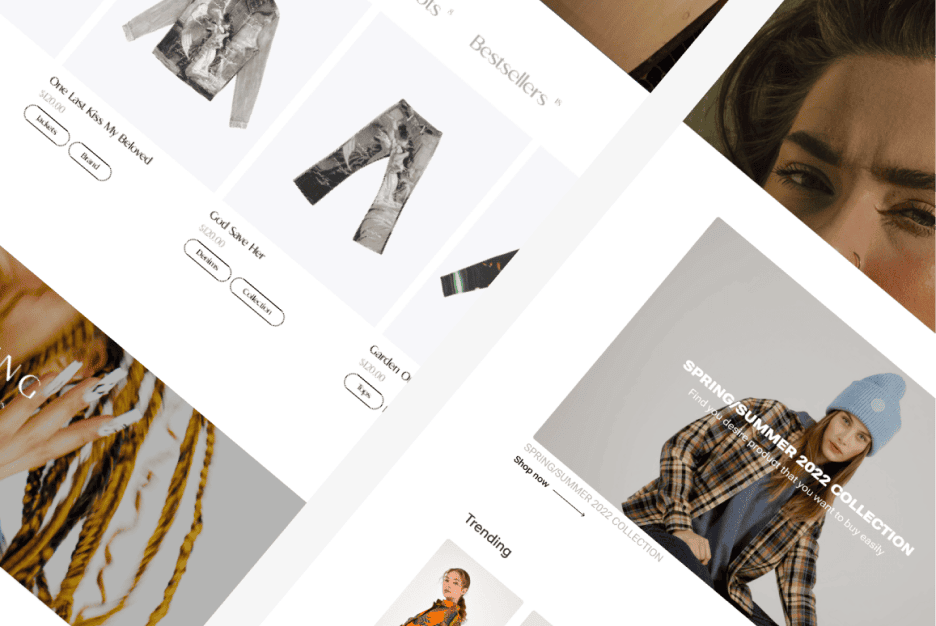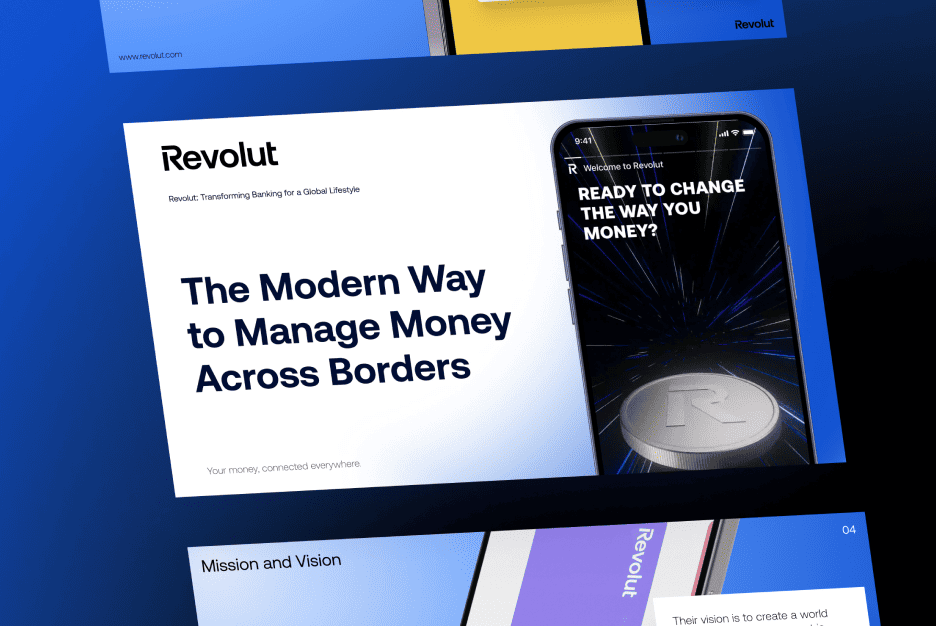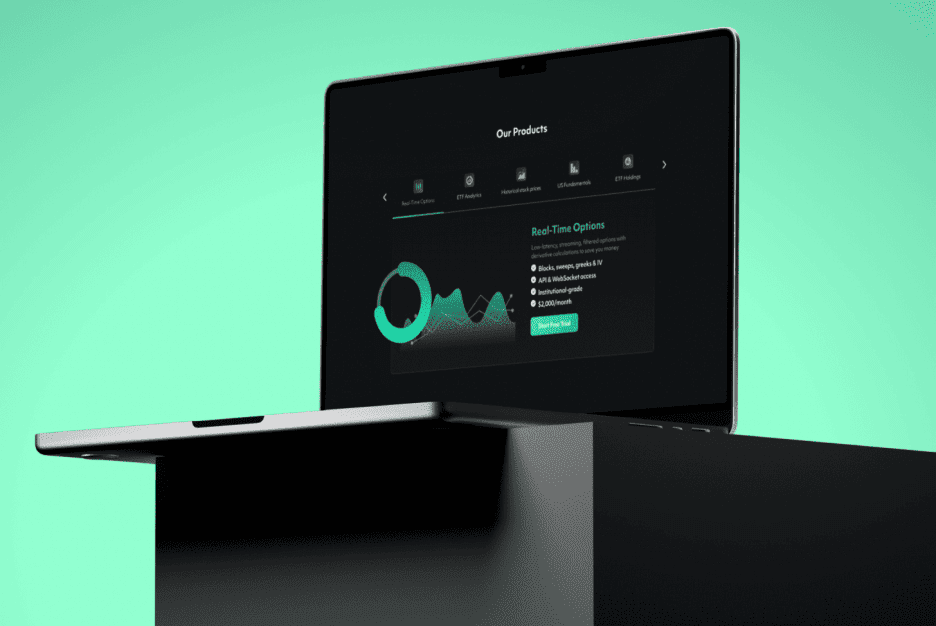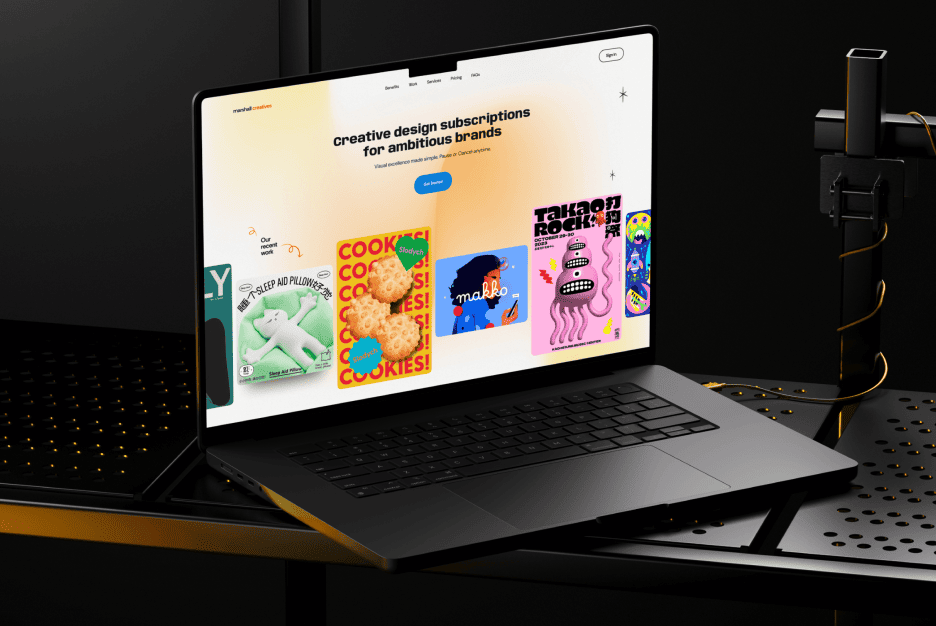In the electrifying landscape of 2025, where innovation pulses through every sector, a seductive myth has taken hold: that crafting a groundbreaking product is as effortless as typing a brilliant idea into a machine and letting it work its magic. With artificial intelligence and automation reshaping industries, it’s tempting to believe technology alone can deliver the next big hit, but the truth is far more captivating—success emerges from the fusion of human intuition, deep user understanding, and a meticulously crafted process. At Almax Agency, we’ve embarked on a thrilling journey to uncover how this synergy transforms challenges into triumphs, turning raw ideas into products that captivate and endure, a story reflected in our diverse portfolio on Behance.
The Genesis of Genius: Where Human Stories Ignite Innovation
Every remarkable product begins with a human story. Picture a bustling market where a small retailer grapples with chaotic inventory, or a busy parent seeking a smarter way to manage family schedules—these are the sparks that ignite creation. In a recent Almax Agency project, we spent weeks immersing ourselves in the world of a local artisan cooperative, conducting interviews and observing workflows, which led to a custom e-commerce tool that streamlined their operations and boosted sales by 25% in just three months. This approach echoes the principles in What Is Design Research and How to Conduct It Effectively, where diving into user contexts lays the foundation for impactful design.
Historically, innovation has always been human-driven—think of the Wright brothers sketching planes or Steve Jobs envisioning user-friendly tech. Today, tools like Miro for collaborative brainstorming accelerate this, but the initial leap comes from asking profound questions: What keeps users awake at night? What would make their day easier? A vague starting point, however, can derail even the best intentions, as we’ve seen in projects where unclear goals led to months of rework. Precision in defining the problem is the first step to a masterpiece.

The Evolution of Creativity: A Turbocharged Design Cycle
The classic creative process—ideation, planning, prototyping, and refinement—remains the backbone of product development, but 2025 has supercharged it with technology. Imagine a designer tackling a new health app, partnering with an AI tool to role-play as a nutritionist, a UI expert, and a data analyst within hours. This rapid exploration, fueled by detailed conversations and iterative feedback, clarified priorities and cut development time by 30%, a tactic we’ve mastered at Almax Agency. Tools like Figma further enhance this, allowing real-time prototyping that adapts to user feedback loops.
This isn’t a handover to machines; it’s a partnership where humans steer the ship. A designer might sketch a user flow on Miro, then use AI to simulate user interactions, refining each element based on emotional responses and practical needs. The result? A product that feels intuitive from day one. This accelerated cycle doesn’t diminish the human role—it magnifies it, turning designers into conductors of a high-speed orchestra of innovation.
The Rise of the Designer as Visionary: From Craft to Command
The role of the designer has undergone a dramatic evolution. No longer confined to sketching wireframes or polishing visuals, designers now hold the reins of product strategy, deciding which features will define success. In a standout Almax Agency project, a designer led the overhaul of a travel planning platform, prioritizing real-time itinerary syncing over aesthetic flourishes, a decision that lifted user satisfaction by 20% and inspired a 15% increase in repeat bookings. This shift aligns with our insights in Web Design vs. Digital Product Design: Unveiling the Key Differences and What They Mean for Your Business, where product design demands a strategic mindset.
AI tools like Adobe XD handle the heavy lifting—generating code snippets or initial layouts—but the designer sets the vision. They weigh trade-offs: Should the app prioritize speed or customization? How will a first-time user feel? These choices, rooted in empathy and foresight, transform design from a decorative art into a guiding force. It’s a leadership role that shapes not just products but entire user experiences.
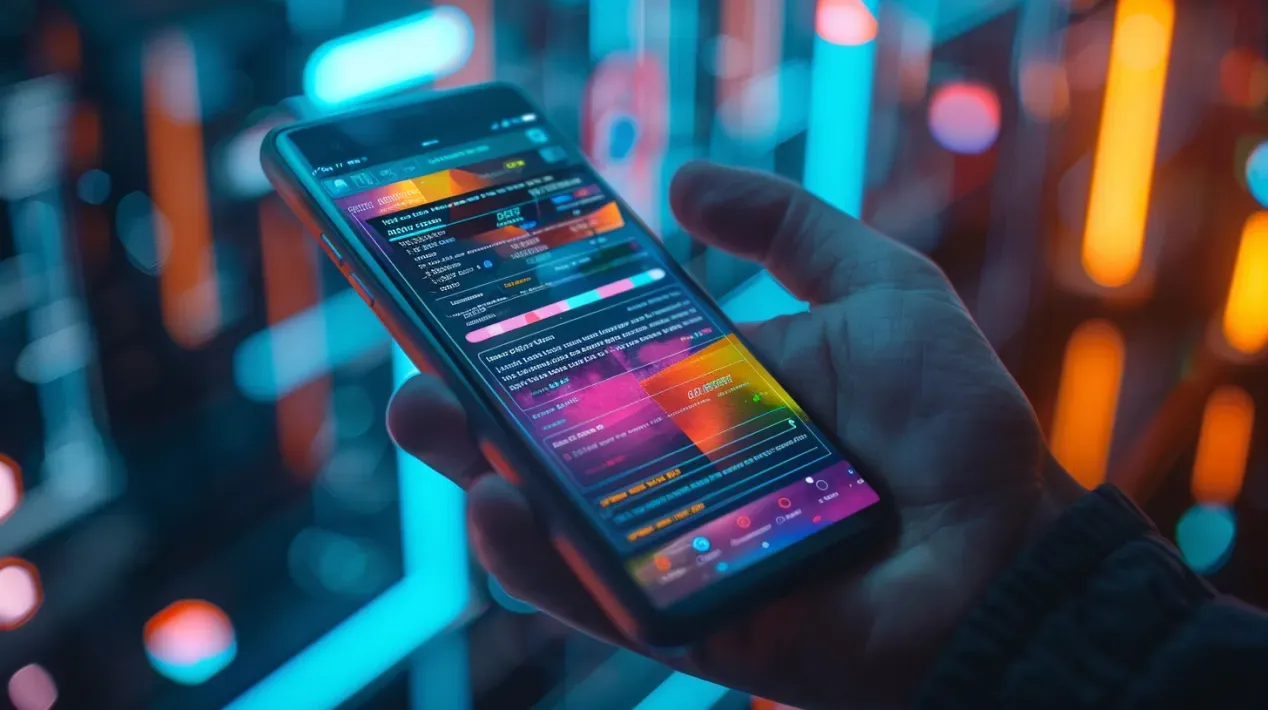
The Art of Articulation: Inputs as the Engine of Excellence
The adage “garbage in, garbage out” has never been truer. A fuzzy request to an AI tool might spit out a generic app skeleton, but a richly detailed brief—describing user personas, pain points, and desired outcomes—unlocks a tailored masterpiece. At Almax Agency, we’ve seen this in action with a client app where specifying a frictionless onboarding process for elderly users led to a 15% adoption surge. Tools like Notion help organize these intricate details, turning abstract ideas into actionable blueprints.
Designers thrive here, their training in systemic thinking and constraint navigation giving them an edge. They can envision a parent juggling tasks or a business owner racing deadlines, translating those visions into precise directives. This clarity is the catalyst that elevates AI from a passive tool to a dynamic collaborator, delivering products that resonate deeply with their audience.
The Human Edge: Where Machines Fall Short
Technology, for all its prowess, has limits that only human insight can bridge. An AI might craft a functional e-commerce checkout but miss the split-second delay that frustrates users, a detail we caught during a recent Almax Agency project to revamp a subscription platform. Our team refined the opt-in flow to feel effortless, boosting conversions by 12%—a nuance AI couldn’t grasp. Similarly, it won’t debate the merits of a feature or feel the sting of a poor UX; those judgments come from designers who live the user’s journey.
This human sensitivity is irreplaceable, ensuring products aren’t just built but felt. It’s a principle we delve into in The Designer’s Guide to Smart UX Testing: When Minimal Changes Make Maximum Impact, where small tweaks based on human observation yield big wins. The designer’s empathy keeps the process grounded, turning data into emotion.

The Future Unveiled: A New Era of Creation
The horizon of 2025 is rewriting the rules of product development, empowering individuals to create like never before. A solo designer at Almax Agency recently launched a niche task-management app, using Zapier to automate workflows and test features live, amassing 10,000 users in its debut month. This democratization shifts the focus from execution to intention—what problems deserve solving, and for whom? It’s a theme resonant with Creating Value Across Generations: How to Keep Your Brand Relevant, where timeless design meets modern needs.
Designers are becoming architects of impact, shaping behaviors and defining success through problem-solving rather than just aesthetics. As AI handles the mundane—setting up databases or generating templates—the human role evolves into one of vision and purpose, crafting products that stand the test of time.
Tales from the Trenches: Real-World Triumphs and Trials
The power of this approach shines in real stories. Take FitTrack, a health app that integrated personalized dashboards and energy-saving features, soaring from 40% to 65% retention in six months by addressing user pain points with human insight. At Almax Agency, we transformed a local food delivery service’s app with intuitive navigation and community feedback loops, driving a 22% revenue increase, a success captured on our Behance portfolio. Yet, pitfalls lurk—rushing with pre-built solutions, as cautioned in Pre-Made WordPress Themes Seem Cheap: Here’s Why They Could Cost You More, once led to a client losing 18% of users due to inflexible designs.
These cases underscore a critical lesson: human-centered design, paired with smart technology, turns potential failures into victories.
Navigating the Pitfalls: Expert Strategies to Succeed
To harness this approach, start with a pilot—launch a single feature like a customizable dashboard and gather user feedback. Use Optimizely for A/B testing to refine outcomes, and train your team on empathy-driven design, a practice we advocate. Avoid the trap of skipping research or leaning on generic templates, which can erode trust and engagement—invest instead in a robust, user-informed process to build resilience into your products.
The 2025 Vision: Leading with Human Creativity
As 2025 unfolds, trends like AI personalization, sustainable design, and emotional user connections dominate, fueled by insights from Forrester’s latest reports. At Almax Agency, we’re pioneers in this space, blending human ingenuity with technological prowess, as showcased on our Behance portfolio. Join us to unlock the full potential of creative product development, crafting solutions that resonate and endure in this dynamic year.
